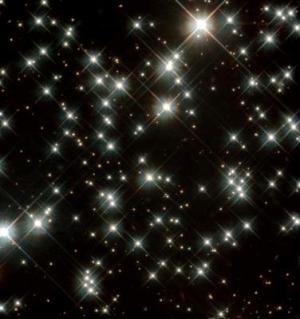
© NASAIf the moon Europa is tilted on its axis even slightly as it orbits the giant planet Jupiter, then Jupiter's gravitational pull could be creating powerful waves in Europa's ocean.
One of the moons in our solar system that scientists think has the potential to harbor life may have a far more dynamic ocean than previously thought.
If the moon Europa is tilted on its axis even slightly as it orbits the giant planet Jupiter, then Jupiter's gravitational pull could be creating powerful waves in Europa's ocean, according to Robert Tyler, an oceanographer with the University of Washington's Applied Physics Laboratory and author of a letter in the Dec. 11
Nature. As those waves dissipate, they would give off significant heat energy.
Depending on the amount of tilt, the heat generated by the ocean flow could be 100 to thousands of times greater than the heat generated by the flexing of Europa's rocky core in response to gravitational pull from Jupiter and the other moons circling that planet.
That's the current assumption - that oceans on moons are heated mainly by this flexing of their cores. In the case of Europa, it also has been thought that the thick ice covering its ocean probably generates some heat as two sides of cracked ice rub together in response to gravitational pull.
"If my work is correct then the heat source for Europa's ocean is the ocean itself rather than what's above or below it," Tyler says. "And we must form a new vision of the ocean habitat that involves strong ocean flow rather than the previously assumed sluggish flows."




